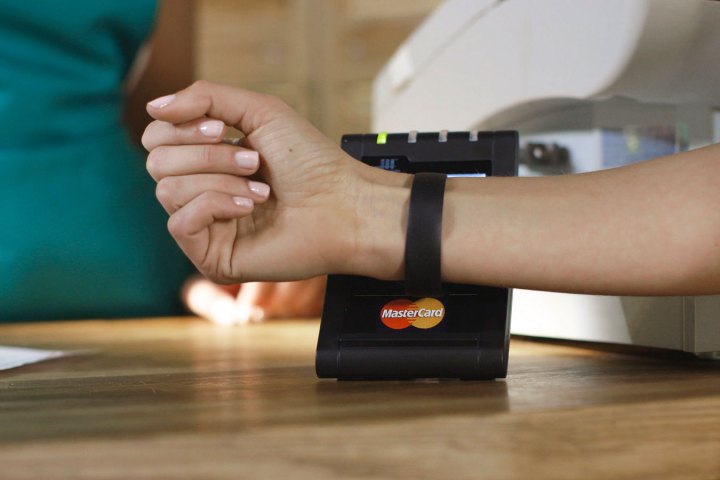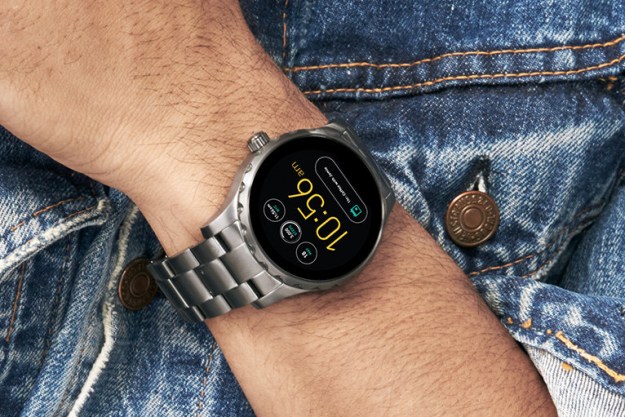
The partnership builds on an earlier Commerce for Every Device program announced in October. With Coin on board, MasterCard now has a hardware and software supplier for the system, and only needs to provide the transaction system for wearables to make payments. This should make it much easier to bring third-party wearable designers on board.
Atlas wearables, Moov, and Omate are the first wearable suppliers to partner with MasterCard and Coin. Atlas designs wearables targeted at the fitness market, including a bulky computer on the wrist, while Moov has a much more elegant solution, using mobile apps for the bulk of the fitness data. Omate is a young startup that launched an Indiegogo project a few months ago for a smartwatch, reaching its goal in 15 minutes.

“The great thing about the MasterCard program is that we are adding payment functionality to items that consumers are already using – fitness bands, jewelry, clothing, watches,” said Sherri Haymond, senior vice president of digital payments at MasterCard.
That statement might be true in the future, but for now the MasterCard program is supported by a few fitness bands and a smartwatch. It needs more support to make it a potential competitor to Apple Pay, Samsung Pay, and Android Pay.
Fitbit is the most popular wearable provider that hasn’t partnered with any of the three aforementioned payments services. The wearable provider gained a lot of popularity in the holiday season, hitting the top spot on the iOS App Store. Jawbone and Pebble are two other inviting options, if MasterCard really wants to bring its payments program into the mainstream.


